Organisational Structure Analysis: Types, Functions, and Objectives
VerifiedAdded on 2023/04/04
|13
|573
|279
Report
AI Summary
This report provides an analysis of organizational structures, detailing various types such as public, private, and voluntary sectors, along with their respective purposes. It explores the size and scope of different organizational structures, including divisional and functional structures, and their advantages and disadvantages. The report further examines the relationship between organizational functions, such as those of supervisors, managers, and operators, and how these roles contribute to achieving organizational objectives and goals. The importance of each function is highlighted, emphasizing their roles in ensuring accuracy, efficiency, and overall organizational development. The report provides insights into how these functions interact to meet both internal and external customer needs, ultimately aligning with the organization's goals and structure. This assignment is available on Desklib, a platform offering AI-based study tools and resources for students, including past papers and solved assignments.
1 out of 13
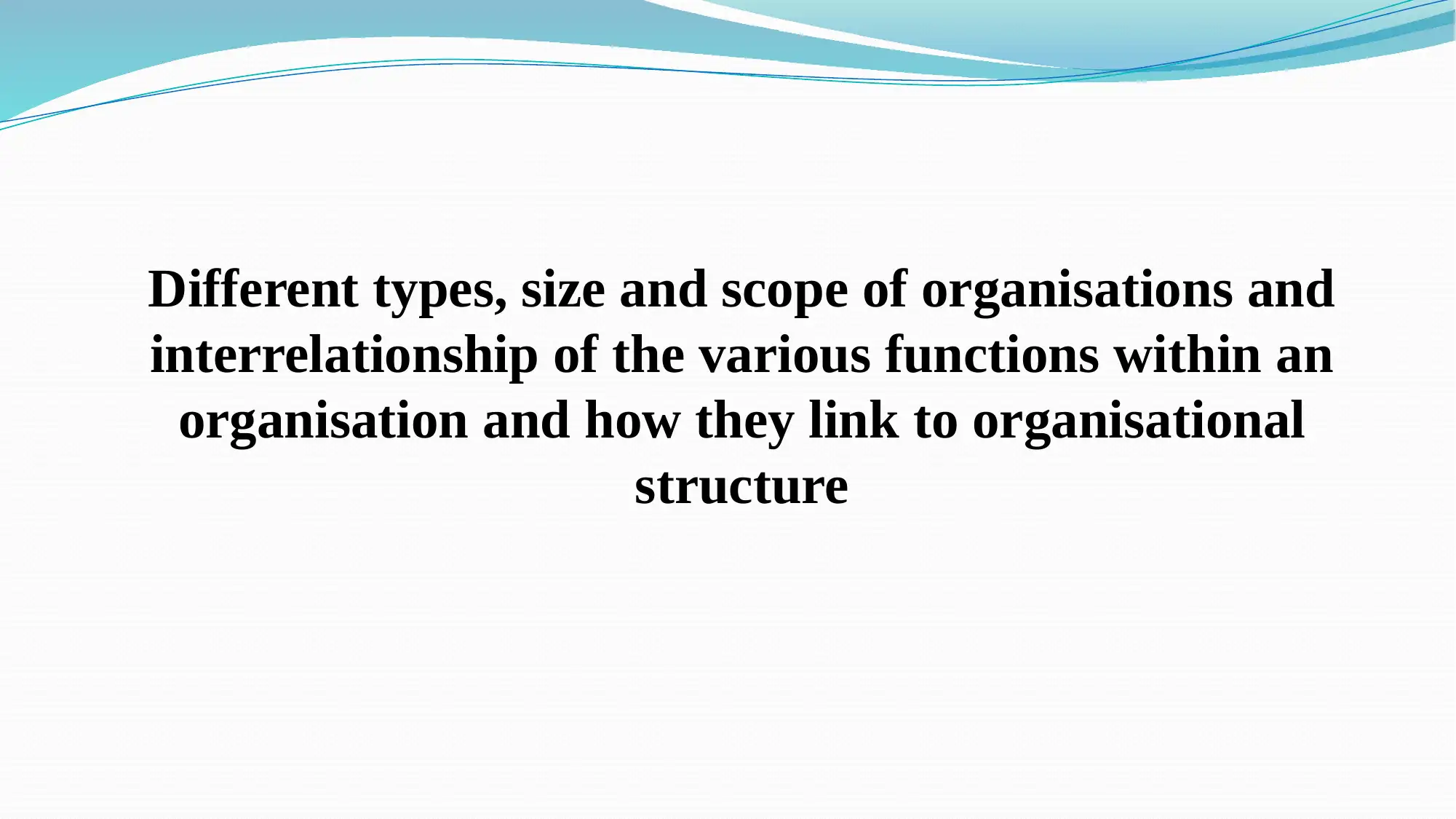
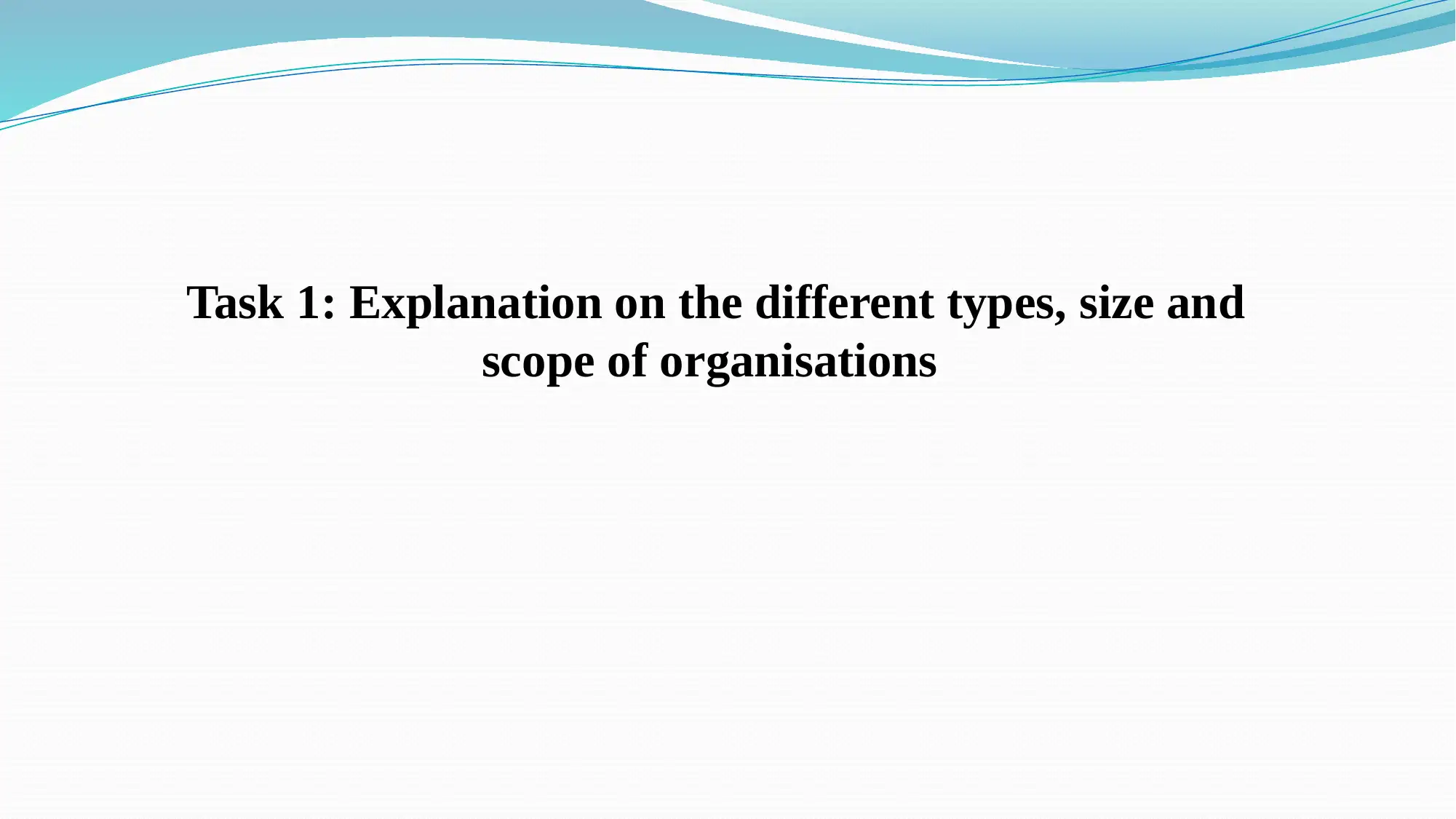
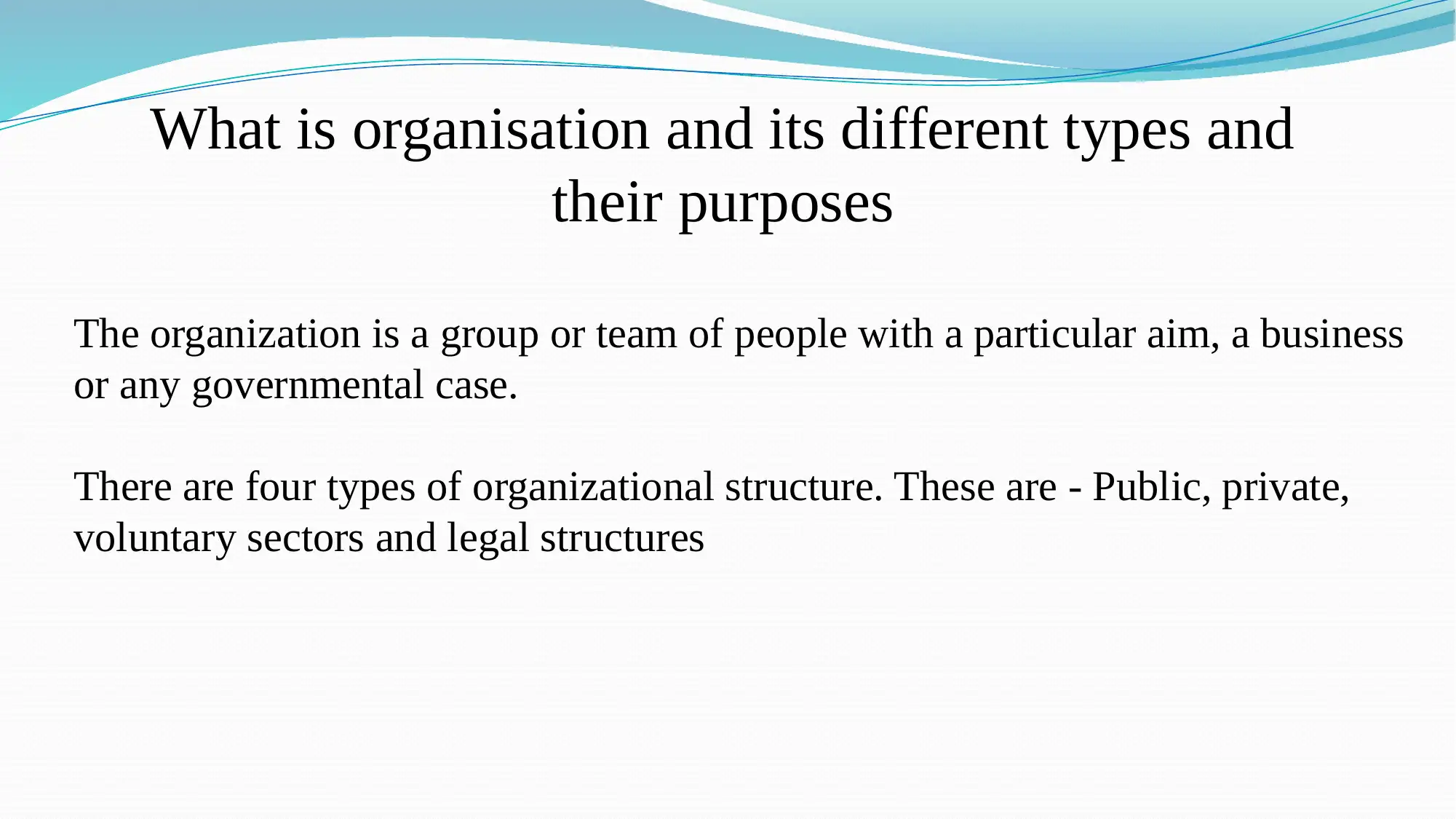

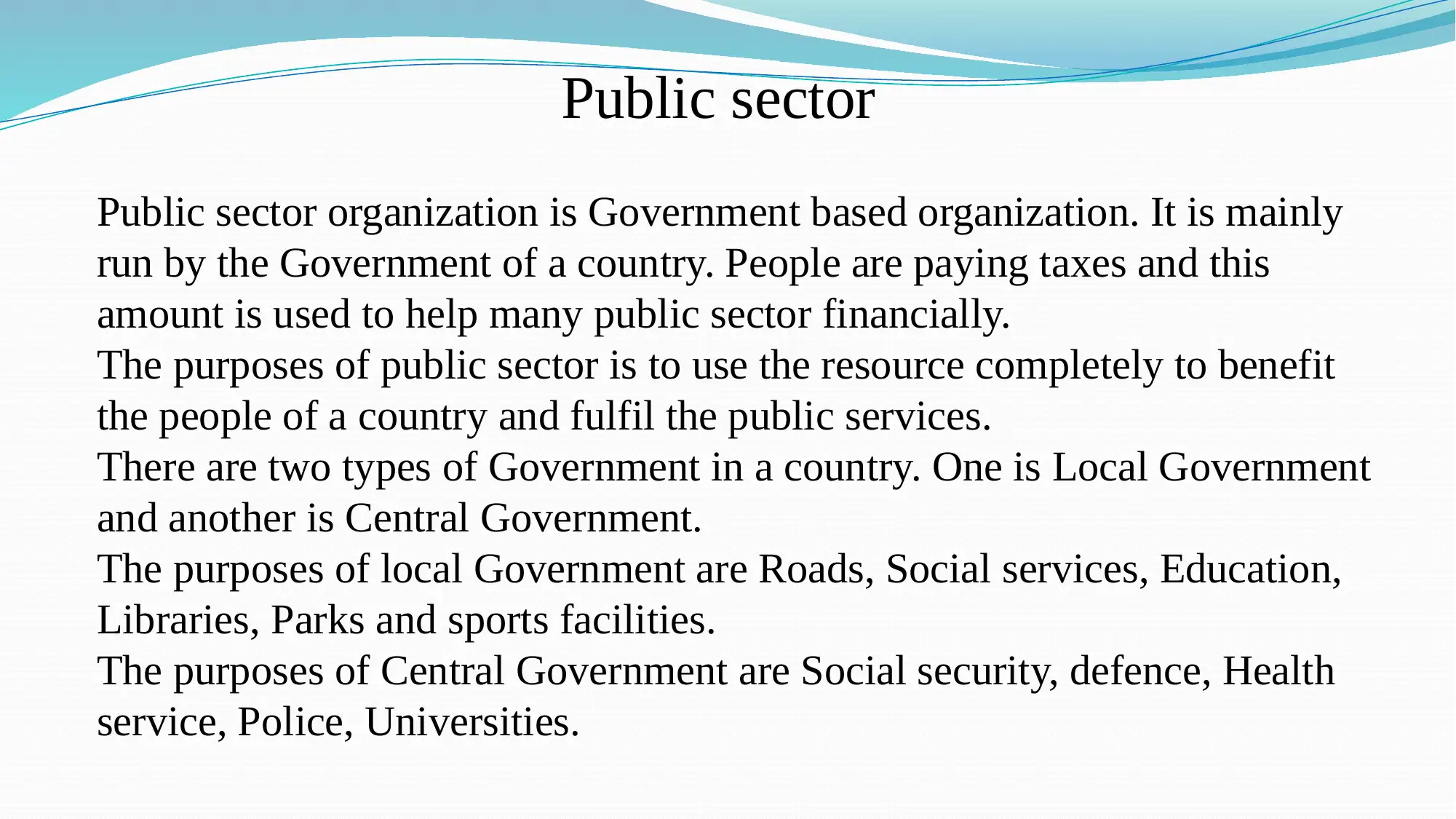
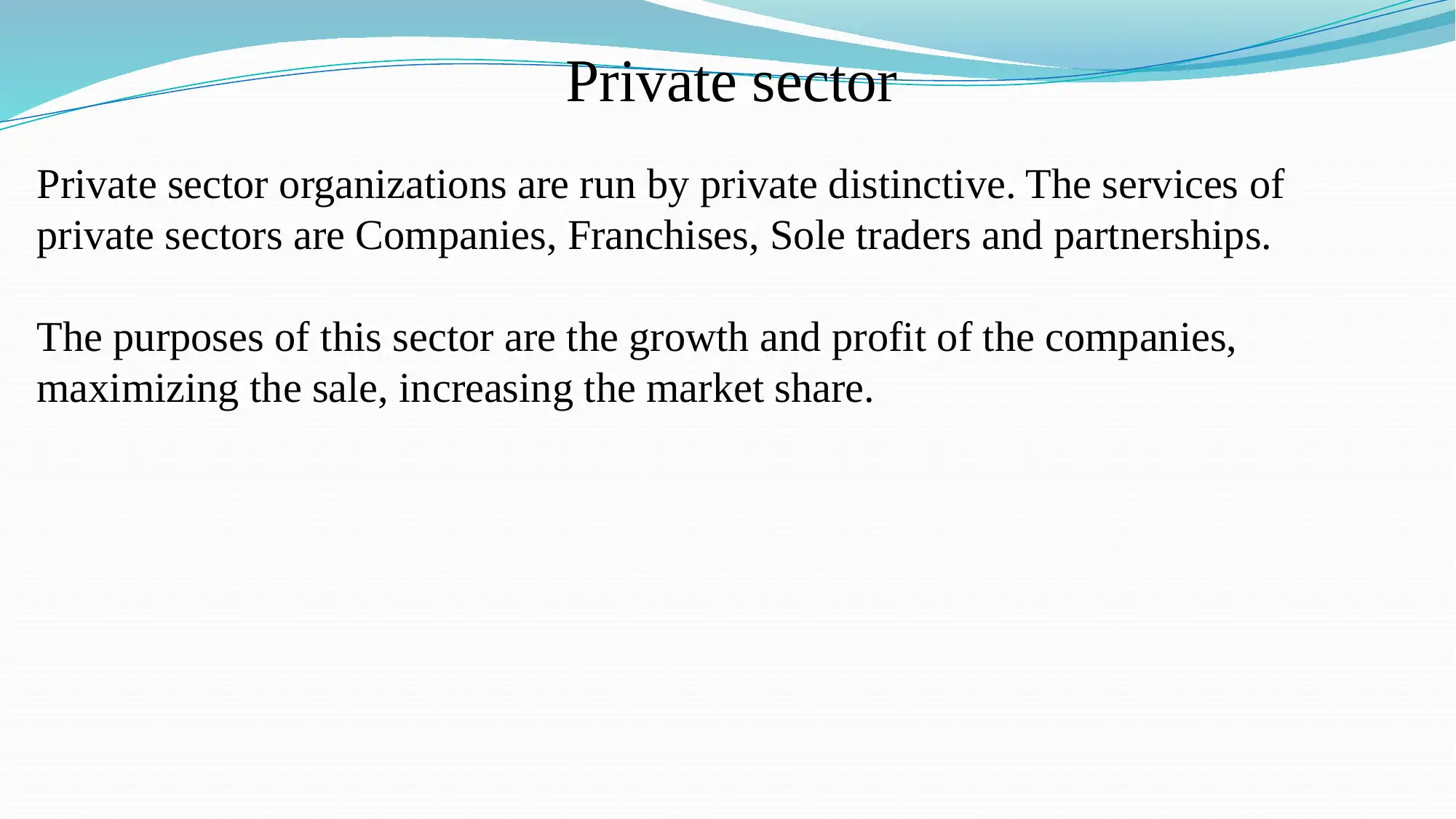
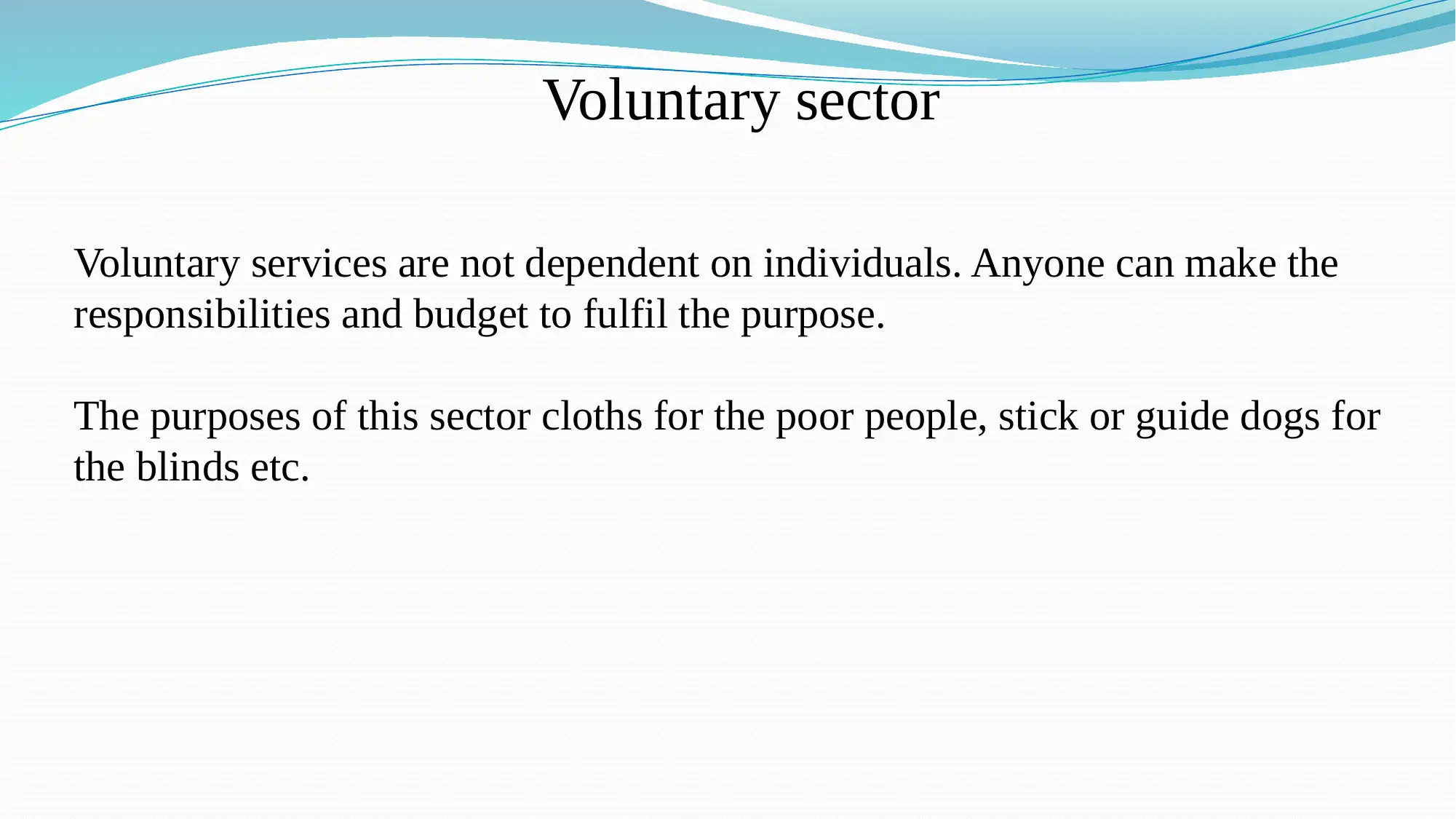
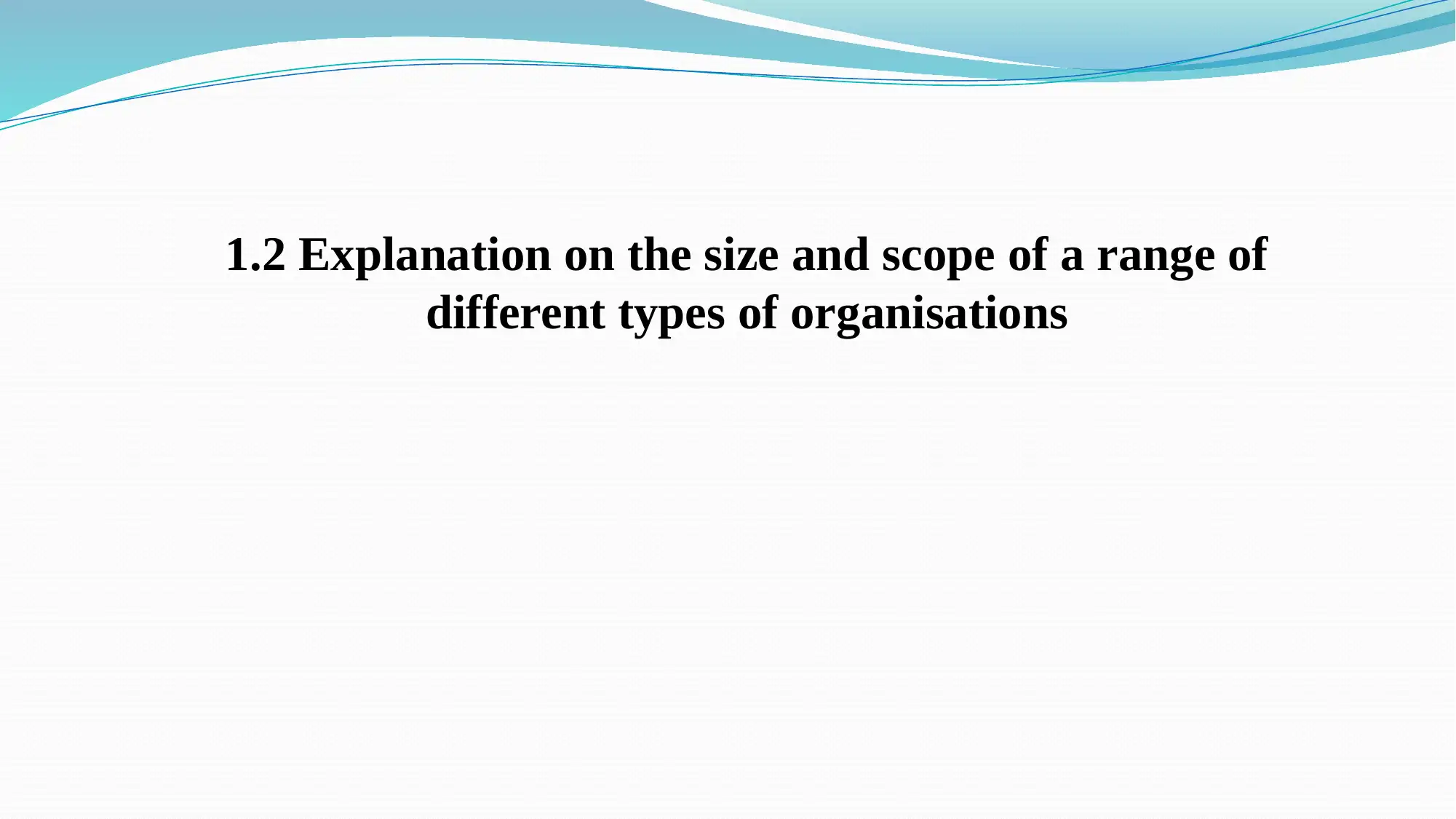
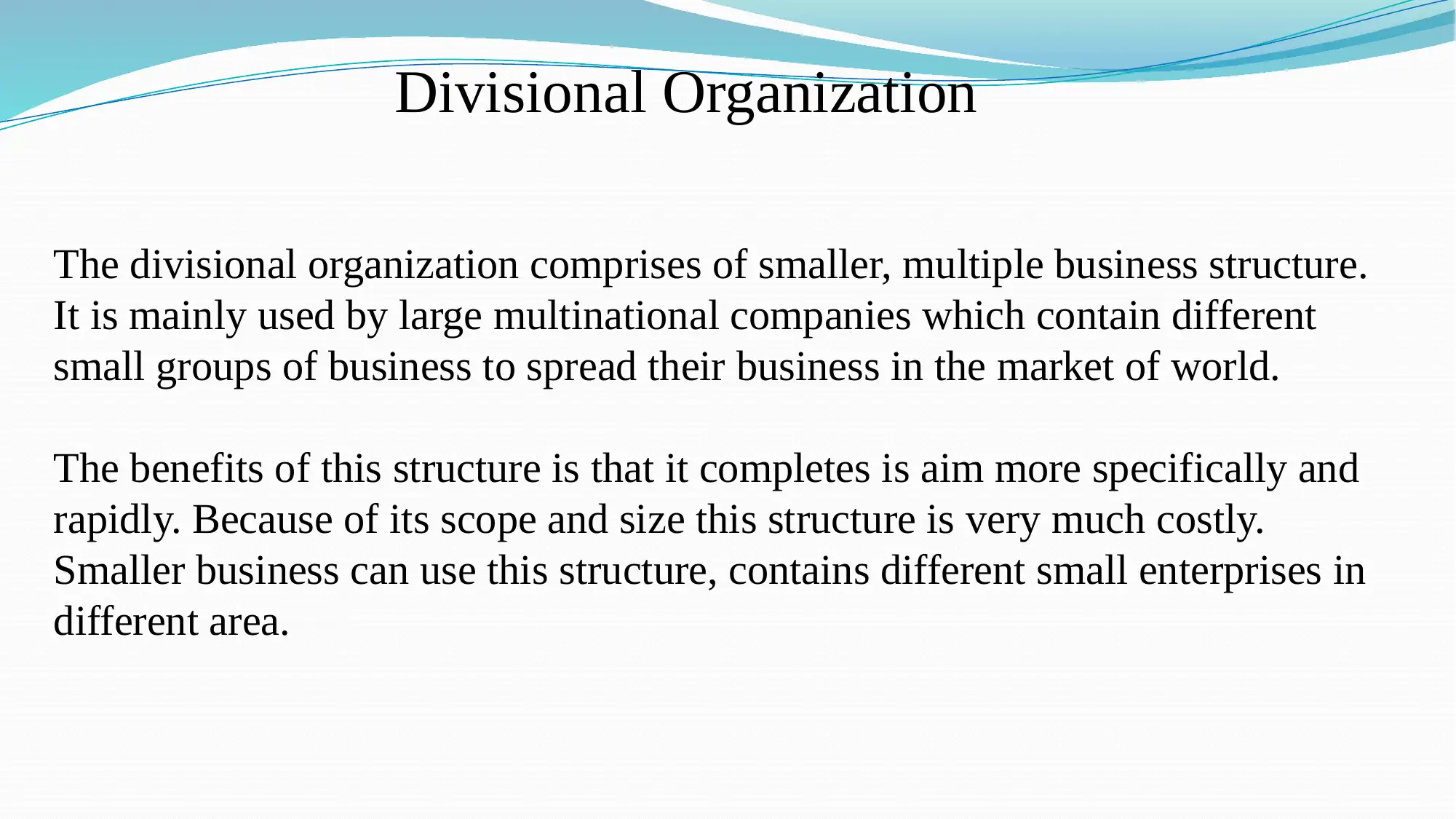
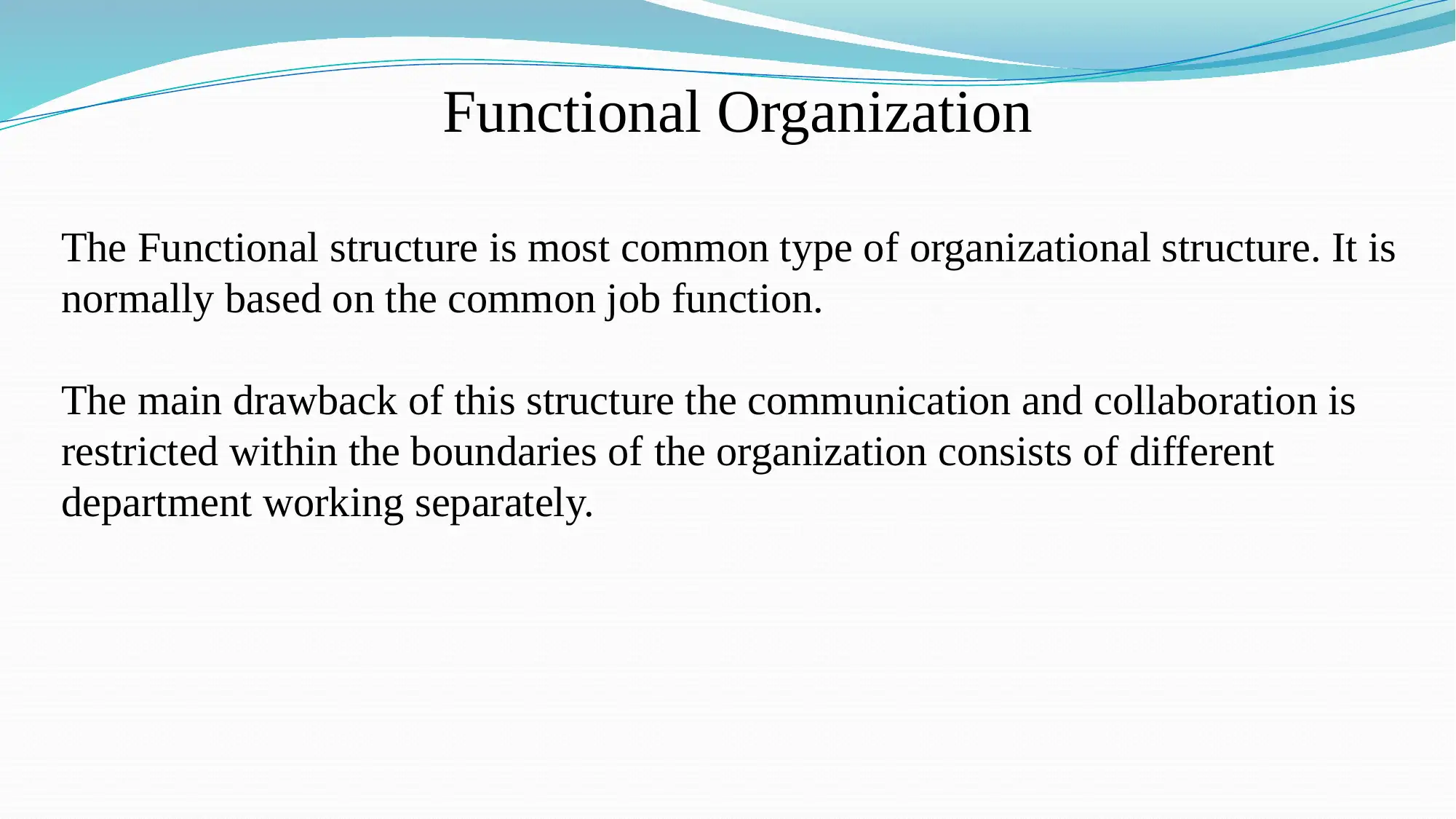
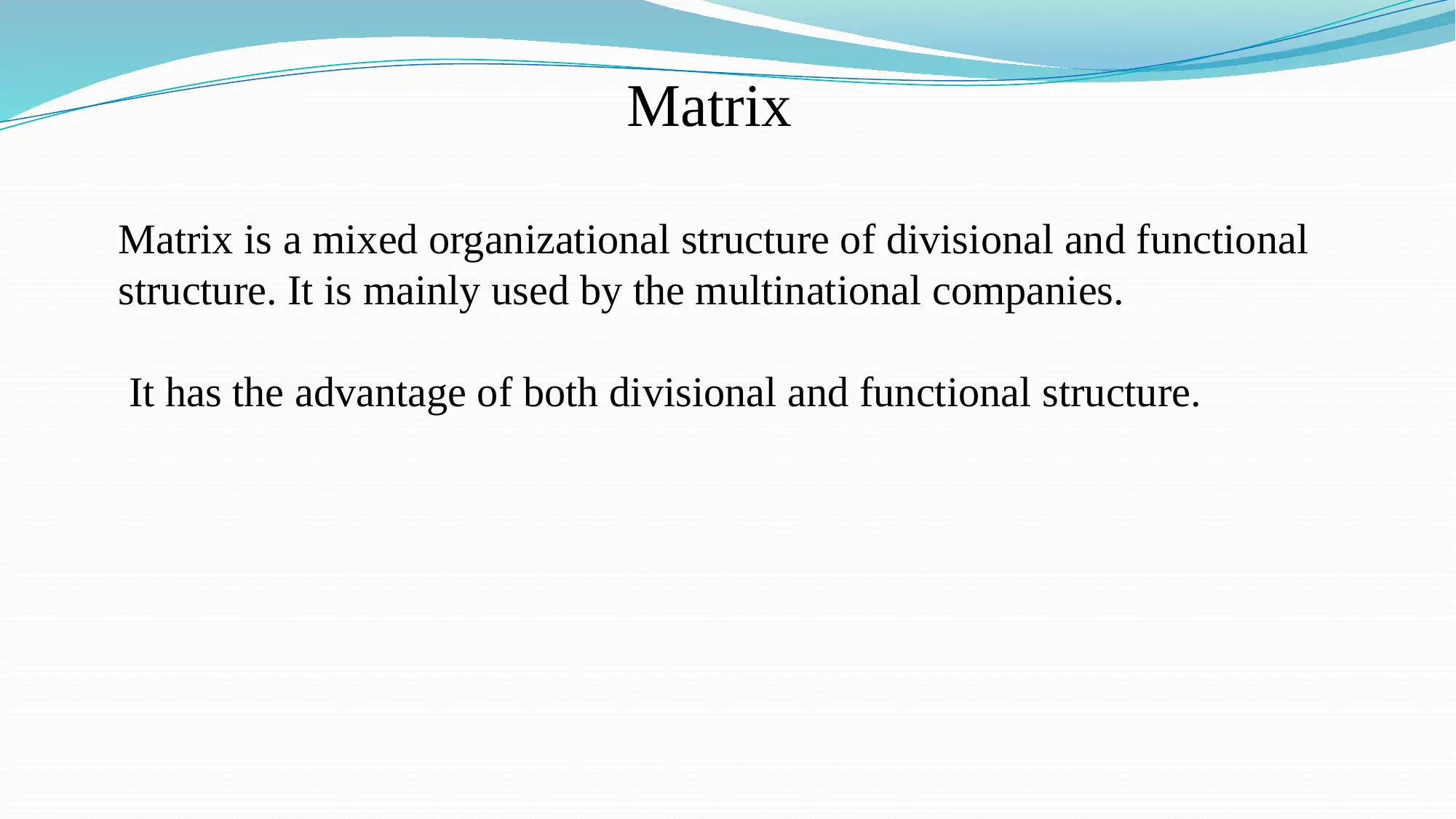
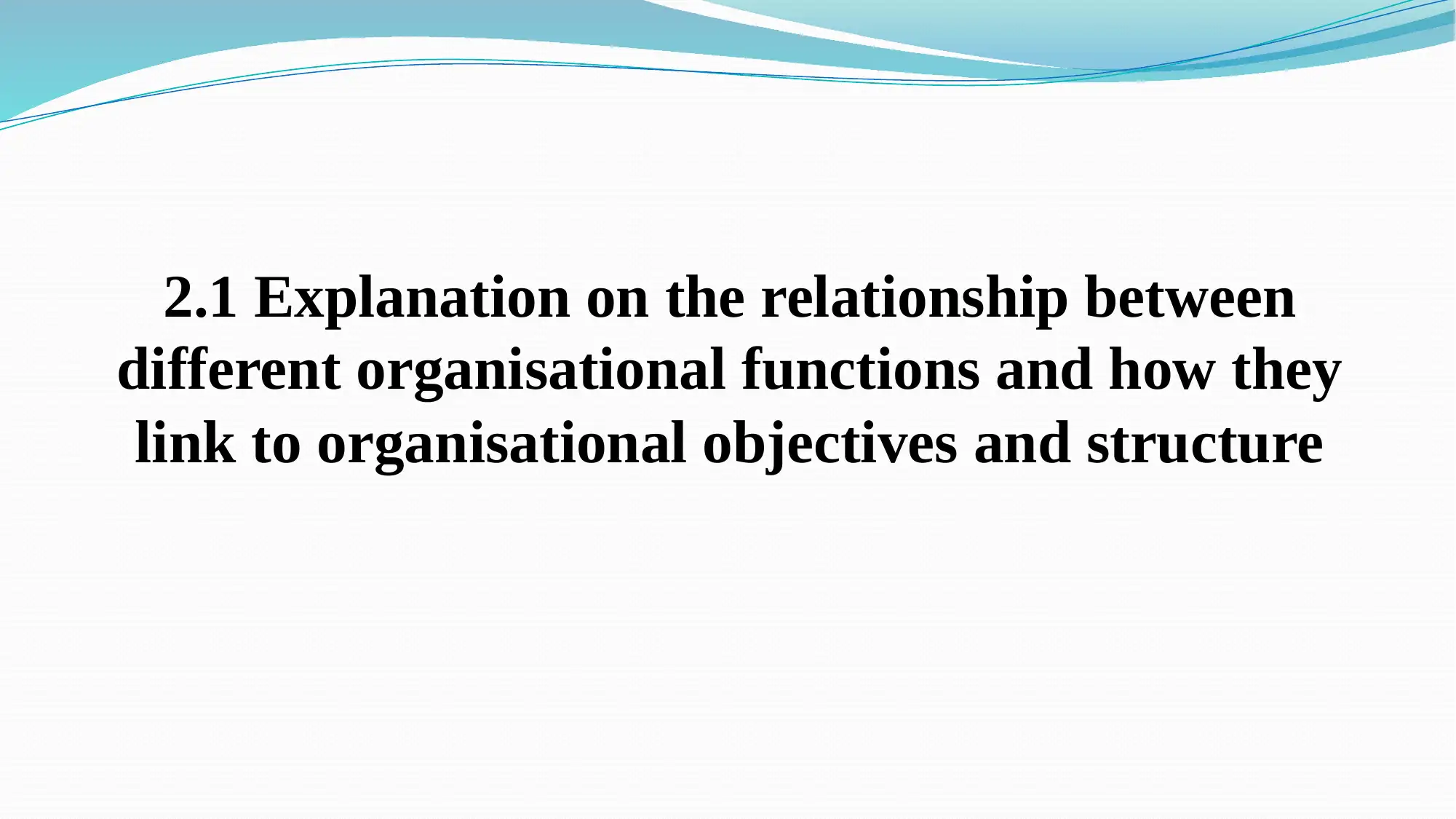
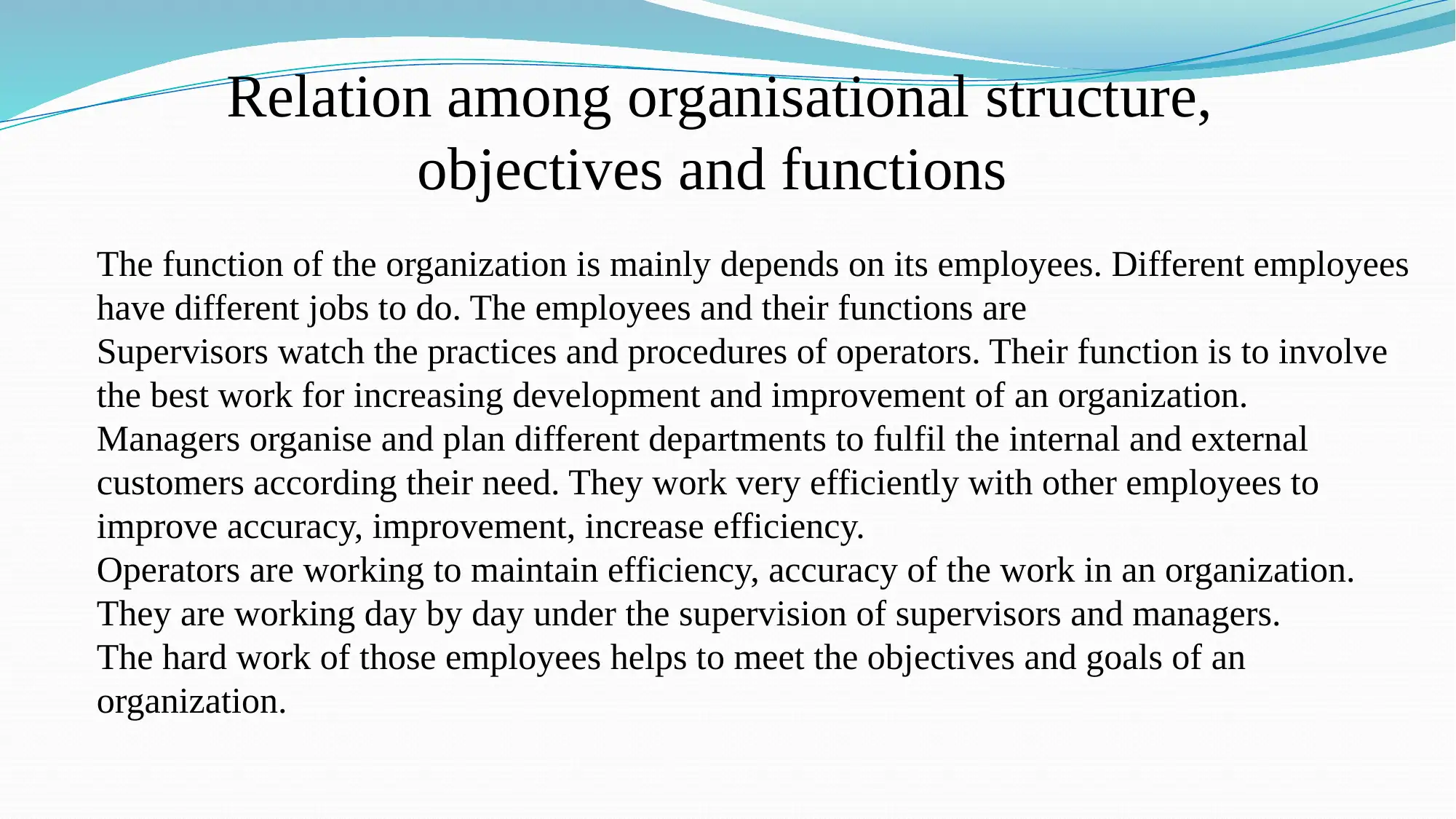




![[object Object]](/_next/static/media/star-bottom.7253800d.svg)